“Although the world is full of suffering,
it is also full of the overcoming of it.”
~ Helen Keller
The Theory
In theory, a “healing crisis” is when your symptoms get worse before they get better, and this is a sign that you are healing. It’s also called a Jarisch-Herxheimer reaction or “die-off” (indicating the die-off of pathogenic organisms in the body.)
The History
Where did this theory come from? In the late 1800’s/early 1900’s two doctors noticed that when they treated patients with syphilis, many of them went through a period of worsening symptoms before they felt better. These symptoms began within a few hours of the first injection of antibiotics and lasted for up to one day. They guessed that it was caused by toxins released as the syphilis spirochetes died. The doctors’ names were Adolf Jarisch and Karl Herxheimer. Since then, modern doctors have noticed this can happen when treating other spirochete infections (like Lyme Disease).
The Concern
As you can see above, medical use of this term is limited to spirochete infections, and the symptoms last a short period of time. In the alternative health community, the term has been expanded to explain (and justify) any worsening of symptoms related to a new diet, supplement or treatment protocol. Believing that these symptoms are a sign of healing, many people “push through” for days or weeks, expecting to feel better, and only feel worse. For people with autoimmune disease, this can lead to an autoimmune flare.
A Harmful Crisis
When it comes to belief in a healing crisis, you’ll often hear people say, “If you feel badly, that’s how you know it’s working.” That’s a dangerous philosophy, because there are many reasons your body might react negatively, which have nothing to do with healing:
- The treatment may be stimulating your already overactive immune system. In a healthy body, our immune cells work in harmony. In an autoimmune body, one type of immune cell becomes dominant over the others, and our bodies’ defenses end up attacking us. Many herbs (including herbal antibiotics), probiotics and other supplements have a side effect of stimulating the immune system. Depending on our immune balance, this can have a positive or negative effect, which varies from person to person.
- You may be detoxifying faster than your body can process. There are two phases of liver detoxification. The first phase liberates the toxin, and the second phase deactivates it. Many people have difficulty with phase two. If toxins are liberated but not deactivated and excreted, they’re actually more dangerous than when they were stored inertly in your body. If you feel sick on a detox protocol, there’s a reason. You are essentially getting poisoned with your own released toxins.
- You may be exacerbating an underlying health issue. Autoimmune disease is complex, and often comes with other conditions. No two people are alike, and trial and error – both in terms of interventions and diagnosis – are part of the process. I know that’s frustrating. We want straight avenues to feeling better, and it can be demoralizing when an intervention makes us feel worse. A good functional medicine practitioner has the ability to look at your symptoms as signals from your body on what might be going on underneath, and that includes how you react to new protocols. If your practitioner always classifies negative responses as a sign of healing, it might be time to find a new practitioner.
How Can You Tell the Difference Between a Healing Crisis and a Harmful Crisis?
One of the tenets of the paleo autoimmune protocol, and the whole movement of n=1 self-experimentation, is that we learn to listen to our bodies and develop habits that optimize our health. For that reason, I’m reluctant to tell anyone to ignore negative symptoms. If you are going to have a bias, assume that if your body responds badly to a new healing protocol, that’s not a good thing. Here are some examples of “crisis” experiences, and how you can evaluate and get through them quickly:
- Low Carb Flu: Some people who go straight from a Standard American Diet (SAD) to the AIP experience something called “The Low Carb Flu.” The SAD diet includes a lot of sugar and foods that convert to sugar (grains), and your body is used to getting its energy from sugar. The paleo diet contains more fat and protein, and it can take time for your body to adjust to a new “fuel balance.” During that time, you may experience increased fatigue, headaches and brain fog. However, the goal with AIP isn’t to go low-carb anyway. So, if you have these symptoms, listen to your body and increase your carbohydrate intake. Make sure you have fat, protein and safe starches at every meal. All three macronutrients are important for our health. Some AIP safe starches are sweet potatoes, plantains, winter squash, parsnips, and rutabaga.
- Digestive Symptoms: Some people experience digestive symptoms when they switch to the AIP and will mistakenly think the new paleo foods are the problem, when really, an underlying health issue is being illuminated. If you have trouble digesting fats, your gallbladder might need support. If you have trouble digesting meat, you might have too little stomach acid or a deficiency in digestive enzymes. If you have trouble digesting everything, you might have an h. pylori infection. If you experience bloating, you might have small intestine bacterial overgrowth. If your autoimmune symptoms increase with certain food groups, you might have a pathogenic bacteria, fungi or parasite causing those symptoms. “Test, don’t guess” is the recommendation.
- Probiotics: These can cause transitional digestive symptoms as your microbiome changes. You might experience increased flatulence, bloating or changes in bowel movements. You can limit this effect by starting with a very small dose. Begin with one capsule, and if that’s too much, open the capsule, and begin with 1/4 of its contents and work your way up. If you are using a probiotic powder, start with the smallest spoon they provide. However, these symptoms shouldn’t be permanent or debilitating. If you have a strong negative reaction to a probiotic (mental or physical distress), stop taking it, and seek one that you tolerate better. Probiotics can contain allergens (most are dairy-based, so read labels carefully). They also stimulate the immune system, so you want to find one that stimulates yours in a way that helps it balance, rather than increases your autoimmune response. And if you tolerate fermented foods better than probiotics, that’s a perfectly valid alternative.
- Antibiotic/Anti-parasitic/Anti-fungal: This is one place where worsening symptoms (both physical and mental) might indicate a healing crisis. I’ve polled my friends in the autoimmune paleo community, and many have experienced a herxheimer reaction with these prescriptions. It doesn’t happen every time, but it can happen sometimes. Since these are temporary prescriptions, this is one situation where it can be worthwhile to “power through.” Be sure to discuss your symptoms with your doctor, though, to be sure it’s not an allergic reaction. And if you’re taking an herbal antibiotic, consider the possibility that you might be having an autoimmune reaction to the immune-stimulating herbs. There is usually more than one choice of herb or prescription for these protocols. Feel free to ask your doctor for an alternative that might be easier for you to tolerate. Also ask if you can lower the dose, to control the die-off response. Lastly, do everything you can to support your body’s ability to detoxify, including getting plenty of sleep.
- New Supplements: When supplements are added to your healing protocol, they should have a specific goal, such as reducing inflammation, helping to regulate your immune system, or supporting your adrenals. They are designed to make you feel better. Feeling worse is a sign that a supplement isn’t working for you. First, check the bottle carefully and make sure it doesn’t contain non-AIP ingredients. (Many supplements contain dairy, grains and soy.) If your supplement is allergen-free and your body is still reacting negatively, then that supplement isn’t for you. It’s very common in the autoimmune community to find one person who responds very well to a supplement, and another who responds poorly. We’re all unique, which is why we need to trust what our body tells us.
- Detox Cleanses: These are popular in the alternative health community in the form of juice and water fasts, or “cleansing herbs.” Neither is recommended for anyone with autoimmune disease. The autoimmune protocol diet itself is naturally detoxifying at a rate your body can handle. (Remember what I wrote about the two phases of liver detox. Cleanses tend to overactivate phase 1.) If you want to support your body’s natural ability to detoxify, focus on nutrient density, get plenty of sleep, and do gentle supports like Epsom salt baths. For more ideas, listen to Podcast Episode 56: Healthy Detoxification.
Additional Resources
A version of this post originally appeared as a guest post for Autoimmune Wellness.
Credit: image at top of page from Pixabay.



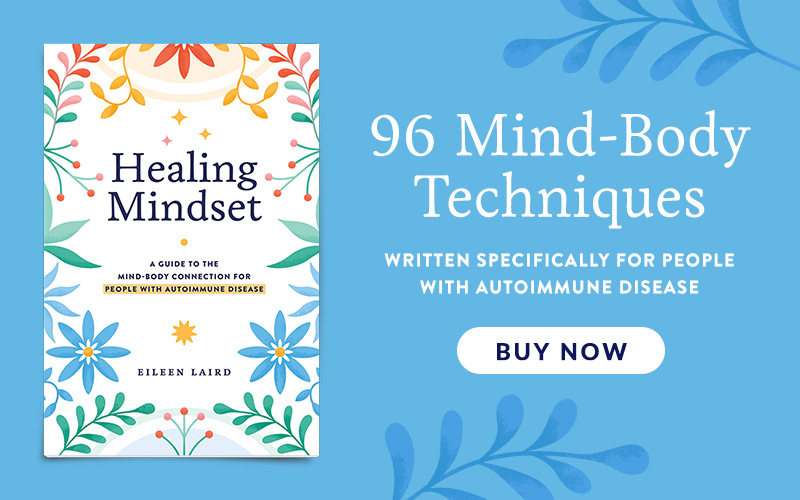
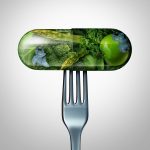


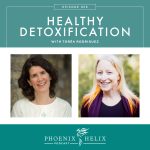
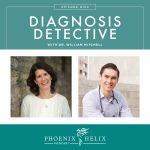
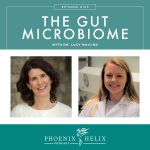
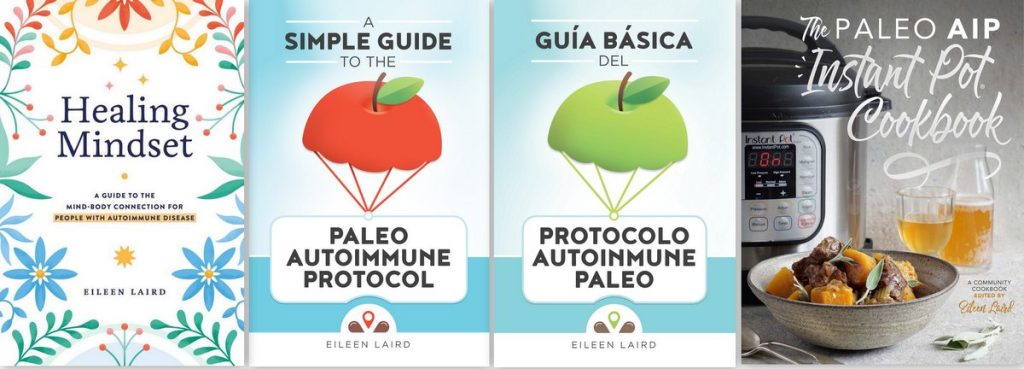
I actually am still in a disease state brought in by a bad osteopathic session. I eat paleo mostly. I used to consider myself autoimmune prone but kept it in check but now I don’t know how to get back to that state even. I’m in full disease. Any ideas?
Hi Micha. That’s so frustrating when you experience such a negative reaction to a treatment. I’m sorry that happened to you. I’m not a doctor, and there are too many variables to be able to give you any insights myself. I recommend seeking out a different doctor for a consult. Wishing you wellness!
Love this article! It took me a long time to realize that I wasn’t actually “healing” from many aggressive therapies. When I did heal, it was actually fast and easy on my body.
Hi Katie. Thank you so much for sharing your experience. I couldn’t agree more.
Yes, I do have autoimmune disease – RF negative autoimmune inflammatory arthritis that manifests primarily as peri-tendinitis with pain, stiffness and localised swellings around tendons and ligaments. It is also accompanied by rosacea when it flares. It’s amazing how people’s experiences can differ so much!
It truly is! I’m glad you’ve learned your body’s signals. Wishing you wellness in every way.
Thank you. Same to you!
I experienced a temporary flare in my symptoms at each stage of the GAPS introduction diet. I found if I moved very slowly with small doses of newly introduced foods and probiotics that these reactions subsided within about five days, after which I was able to increase the new food/supplement. With some foods, I had to attempt the introduction more than once, a few months apart, before I was successful. I have come to regard a minor worsening of symptoms as a normal part of incorporating new foods/supplements and I persist unless the symptoms are very severe or last for longer than around five days.
Interesting! I have had the opposite experience. If I ignore a symptom and try to push through, the symptom usually amplifies. That’s one of the reasons I recommend 2 phases to the Paleo AIP Reintroduction Process – to identify foods that you can eat occasionally vs. the ones that you can eat every day. However, the GAPS diet is different. Do you have autoimmune disease, Amy? I know that can make a difference as well. The autoimmune body has additional factors which influence food tolerance, reactions, and healing. I do agree with you that improved gut health does improve food tolerance. Thanks for sharing your experience.
I am new to this whole approach of eating the Paleo way for auto-immune issues. My rheumatologist gave me your web site yesterday along with other reading materials and I felt a bit overwhelmed. But I really did enjoy your article and I feel now more informed and ready to start my new life style.
Welcome to the paleo community, Lisa! That’s so wonderful that your rheumatologist referred you. Do you mind telling me their name and where they practice? I like to keep a list for people looking for doctor referrals. As for the autoimmune paleo diet overall, I wrote a book called A Simple Guide to the Paleo Autoimmune Protocol. It’s short enough to read in a few hours and will answer most of your questions. You’re also welcome to browse my website. There’s a lot of information here, but I totally understand how it can be overwhelming. You might want to start with The Paleo Autoimmune Protocol Article Series. Wishing you wellness in every way!
Great article Eileen! Thanks for your well-rounded and in-depth commentary!
Thanks, Jeanne.
Definitely a valuable article! As always, I appreciate your down-to-earth approach, Eileen. I will share with my students.
Thanks, Meredith.
Eileen, I have a very specific problem. I have re-occurring UTI’s. The urologist that I’ve been seeing is baffled by the way I can take an antibiotic and the infection comes back within 2-3 days, every single time. His protocol for me right now is a low dose antibiotic…forever! I’ve been doing AIP for my autoimmune disease for 2 years. I’ve now been on this antibiotic for 18 months. I’ve had no more urinary infections. My gastric symptoms have been very receptive to the AIP diet. My neuro symptoms haven’t really changed. Now, I’m wondering if this antibiotic regime can cause my autoimmunity (C.I.D.P.) to never get better, even eating the right way? I have absolutely no idea how to deal with this.
Hi Michaelena. This question is beyond my medical expertise. I do know that some people with rheumatoid arthritis are actually treated with a low-dose antibiotic protocol as their primary medication, so it doesn’t necessarily have a negative impact on autoimmune health. However, it never hurts to get a second opinion, and you need one from someone more qualified than me. I recommend contacting Anne Angelone. She’s a functional medicine practitioner who has personal experience with taking low-dose antibiotics long-term in the past. So, she could speak from both personal and professional experience.
Another great article! On point and there to answer my ongoing healing questions, thank you!
You’re welcome, Kacie!